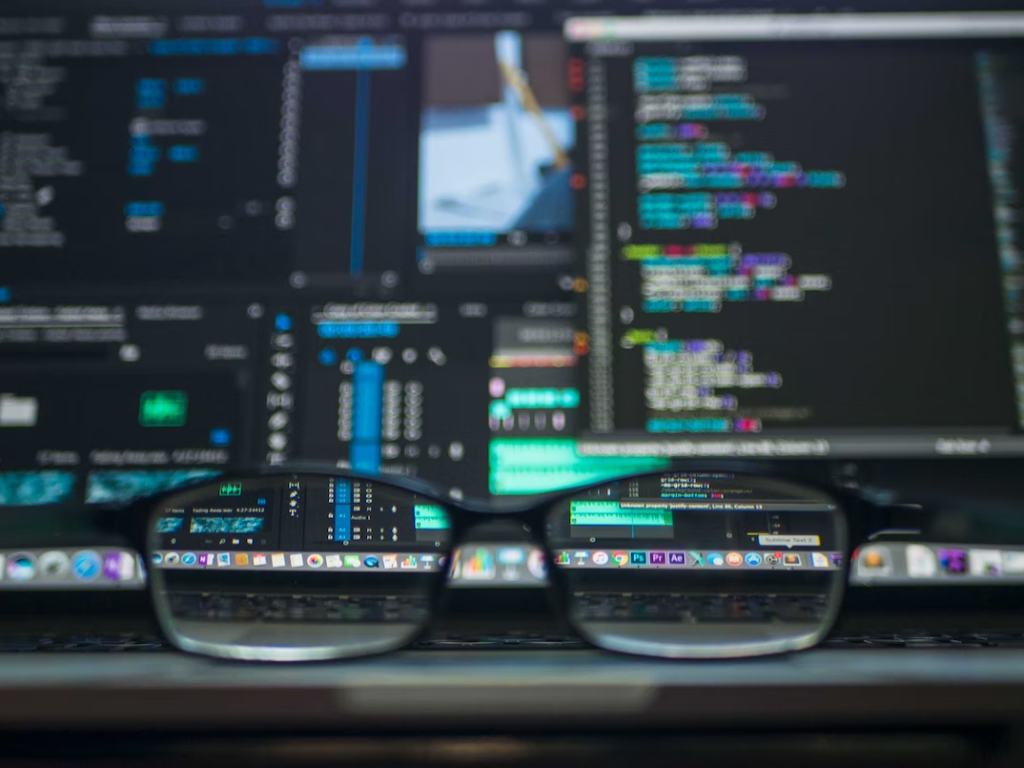Since its launch in November of 2022, ChatGPT has lit up conversations across the globe. It’s captured the general public’s attention and piqued the interest of tech giants such as Elon Musk and Microsoft.
ChatGPT is shocking because it can answer complex questions and produce information as a human would. Its limitations are hard to understand, and its implications are tangible for most of us.
So, what exactly is ChatGPT? Here’s everything you need to know.
What is ChatGPT?
ChatGPT is a natural language processing tool powered by AI technology. It allows for human-like conversations and the creation of robust, human-like text of all varieties. It’s a large language model, meaning its job is to predict the next word in a series with accuracy and realism.
ChatGPT can compose emails, write essays, create songs, and answer questions. It’s currently free to use while in the feedback stage, though that will likely change.
Who’s Behind ChatGPT?
OpenAI, a San Francisco-based artificial intelligence company, built ChatGPT and launched it on November 30th, 2022.
OpenAI’s goal is to ensure that artificial intelligence benefits all of humanity. They’ve also produced DALLE2, an AI art generator, and Whisper, an automatic speech recognition software.
How Was ChatGPT Trained?
OpenAI trained ChatGPT using Reinforcement Learning from Human Feedback (RLHF).
RHLF works like this: an agent (ChatGPT) takes actions that affect its environment. This creates a new state and returns a reward. These rewards are the feedback system that allows ChatGPT to adjust its policies for action. As it goes through training, this input enables the system to create highly-optimized sequences of actions that maximize rewards.
Let’s consider a chess model. It will start by making a bunch of random moves and sequences that fail. When it finds moves or sequences that work, it uses those and builds on them through countless iterations; eventually, it’s a fine-tuned chess-playing machine that knows which combinations of moves succeed.
The human element of building ChatGPT enhanced its training by allowing it to account for human factors that you can’t measure in the reward system. However, training on human input isn’t nearly as scalable as training without it, so RLHF isn’t always the best approach.
In the case of ChatGPT, human AI trainers provided the system with conversations in which the humans were both sides, the user and the AI assistant. From there, OpenAI created a reward model in which they ranked two or more model responses based on quality. They iterated this several times to help ChatGPT understand the best type of AI assistance.
What’s The Big Deal?
The implications of ChatGPT are endless, making its capabilities a big deal.
AI of any kind can analyze data sets with millions of data points, orders of magnitude faster and more accurately than humans. Consider any context where there are vast amounts of data – from sports odds to which composition of an email sounds precisely the best – and imagine a system like ChatGPT doing the work. Where does that leave humans?
In a small context, ChatGPT can help draft a cover letter or write a critical email you didn’t want to compose. But where does it stop? When will AI this powerful start replacing human work, and what are the implications for the workforce?
Further, with easy access to ChatGPT, how can educators ensure students complete assignments themselves rather than asking ChatGPT to write their essays for them? A breakdown in the educational system like this has implications well beyond a student’s time in school.
How To Use ChatGPT
You can access ChatGPT at chat.openai.com. Create an OpenAI account and start chatting with the robot. Begin the conversation by asking a question such as: can you write me a song about love? The more specific the instructions, the better the output.
The system is currently free to use.
ChatGPT Is At Capacity; What Does That Mean?
Since it’s still in the research phase, ChatGPT is free to use. Given its popularity, many people are rushing to use the system.
When too many people try to access ChatGPT at one time, it overloads the servers, and you’ll be unable to access it. Try visiting the site at a different time when it may be less overloaded.
ChatGPT’s Limitations
ChatGPT is impressive, but it does have its limitations.
The system is programmed not to provide toxic or damaging responses, so it won’t answer questions of that nature.
Further, ChatGPT can’t “think” of high-quality answers independently. The system requires high-quality input from you to give excellent outputs.
ChatGPT isn’t perfect, so it may sometimes provide false answers. Be sure to verify, as humans don’t always know the answers are wrong. Remember, during AI training, there’s no absolute source of truth.
Usually, incorrect answers are because the model doesn’t understand your question, leading to unintended responses.
ChatGPT Alternatives
ChatGPT is the most robust model of its kind. Still, there are some alternatives.
GPT-3 Playground is OpenAI’s predecessor to ChatGPT. Its interface is less appealing, but the tool itself is significantly more powerful.
YouChat is an alternative powered by OpenAI’s GPT-3.5 AI model, just like ChatGPT.
You can also try Chatsonic, which builds on some of ChatGPT’s limitations.
ChatGPT’s Future
It’s hard to say what the future of ChatGPT and similar AI models will be. There are limitations on its use for safety and security reasons, but it’s also possible that AI this powerful – and human-like – will replace human work in the future.
For now, go ahead and give ChatGPT a try. What do you think?
















